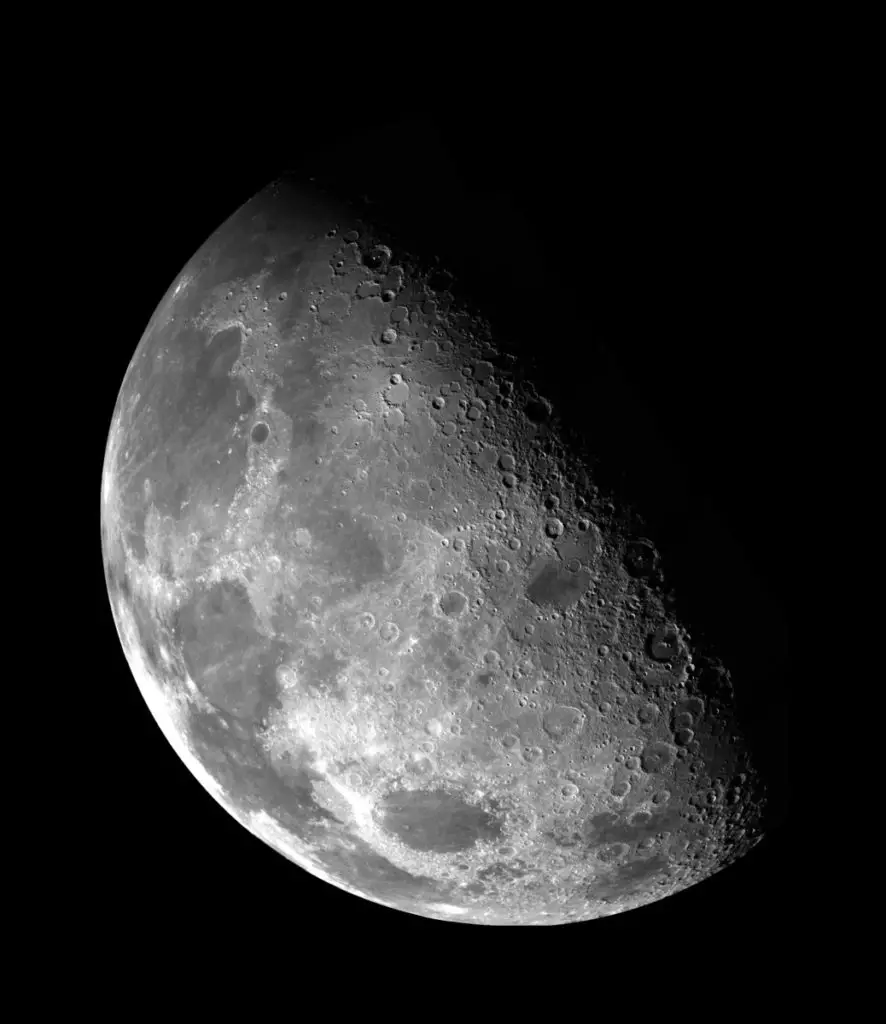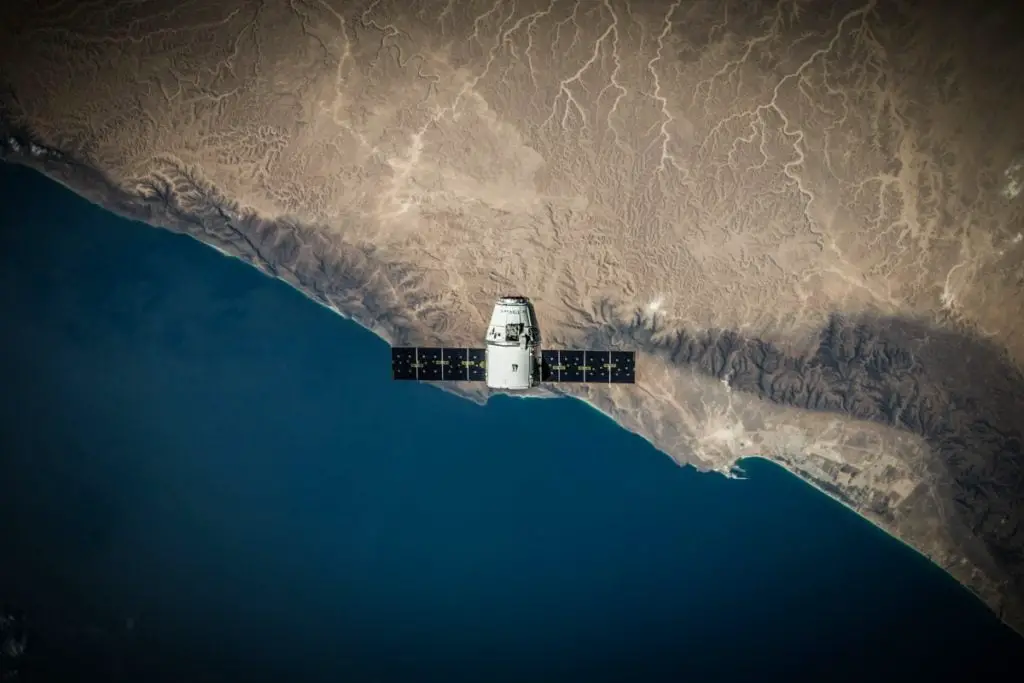
The heavens with no question have their endless wonders. How has the Sun continued to shine without missing a single day? Or how has Jupiter’s massive storm, the Great Red Spot lasted for at least 356 years? While all are valid questions that have at one time or another been answered by the scientific community, one of the more eccentric problems that I seek to provide further insights on today is can a moon have its own moon?
Without further ado, Juna Kollmeier and Sean Raymond, astronomers at the University of Bordeaux in France, have in 2018 published a paper affirming the possibility of a moon orbiting another moon. (1)
Don’t fret, you aren’t and will not be the only one to find such a prospect so bewildering and out of this world (literally), that it probably needs further justification. Or in other words, we need some damn evidence! So, If you found your thirst for knowledge not quenched, just keep reading on.
The Moonmoon
Don’t worry, you read that right, the moon of a moon is literally called a ‘moonmoon’. Although some do refer to it as a submoon, moonmoon is also an accepted term for a moon orbiting another moon. Wow, try saying that three times.
Anyways, if your question is whether or not the moonmoon actually exists, then, unfortunately, the current scientific community simply has no concrete evidence to prove one or the other. However, astronomers have theorized its possibility.
If we only looked within our solar system, there are no instances of a moonmoon. But do remember that the vastness of our Universe has continued to baffle our understanding of reality. So, with the area of exploration being the entire freaking Universe, I’m pretty sure somewhere out there; we’ll find a moonmoon actively orbiting its lunar friend.
What Is A Satellite, Anyway?
In the astronomy world, we might often see moons referred to as satellites. While satellites can be used to describe a moon, they can also be used to represent celestial objects such as moonmoons or the Earth (essentially objects that orbit around a larger body). As such, satellites can be anything from a planet, a moon, other satellites, to a machine that orbits planets and stars (2).
Understandably, when it comes to objects that have orbital capabilities, the moon isn’t the only thing up in the sky.
Satellites can generally be categorized into Natural and Man-made. Let’s take a closer look at each one.
1. Natural Satellites
A natural satellite can be any celestial body orbiting another celestial body that has formed within natural means (non-manmade). This means that the satellites we see on television, for example, those big, complex machines with big wing-like solar panels are not considered natural satellites.
Natural satellites are (relatively) permanent fixtures, unlike their artificial counterparts. Formed from big chunks of minerals and rocks, natural satellites cannot, obviously, be used for communication. They are more like giant boulders as opposed to technologically advanced machines.
However, despite not being equipped with any transmission technology, natural satellites, especially our own Moon, are fundamentally essential to life on Earth. They not only reflect light from the Sun during the night but are also responsible for our changing tides.

2. Man-made Satellites
Artificial satellites are temporary communications devices made by humans. They transmit signals that contain information gathered from space. Sometimes, they can even be habitable like the International Space Station.
Most man-made satellites collect information that can report on issues like climate change through weather pattern reports. It can also provide data on sea surface temperatures, humidity, and even images for deforestation and search and rescue. (3)
Unlike their natural counterparts, the amount of time an artificial satellite can spend in orbit is limited. Not only due to their eventual decrease in durability but a satellite in low-earth orbit may also be pulled back to Earth by drag from the atmosphere.
Scientists may also occasionally make adjustments through pre-existing thruster to account for any disruption caused by tidal forces. (4) And while we are on the topic of tidal forces, the tidal force is one of the most significant reasons why moonmoons are so rare in the first place.

Tidal Force and How It Affects Moonmoons
As many of us might know, our very own Moon controls the tides on Earth!
HOWEVER, did you know that the tidal force might actually be of paramount importance when it comes to the prevalence of moonmoons?
To understand why tidal forces might play such an important role in the existence of a moonmoon, we have to first be acquainted with its basics.
The Tidal Force simply put is a “gravitational effect that stretches a body (e.g. the Earth) along its gravitational lines towards the center of mass of another body (e.g. the Moon) due to a gravitational field gradient.” (5)
Photo by Krishnavedala (Wikimedia Commons)
This gradient is produced as the gravitational pull from one body to another is not constant all the way across. The nearest side will be comparably drawn with more gravitational force than its furthest side.
An example of this can be seen through Earth’s changing tides. Please make note that the Moon does not exert its gravitational pull on our oceans but rather the Earth itself. The high and low tides are created as a result of the Earth being pulled slightly towards the moon during its rotation!
Tidal force aside, another important concept that needs to be introduced is the ‘Hill Sphere‘.
In simple terms, the Hill Sphere of an astronomical body (e.g. the Earth) is its surrounding spherical region that other small bodies tend to orbit within, despite the gravitational pull of a third body (e.g. the Sun). (6)
Photo by NASA (Wikimedia Commons)
As such, for a natural satellite (e.g. our Moon) to continuously orbit around another (larger) astronomical body, it must be within this larger body’s Hill sphere. When a satellite, including the moonmoon, goes beyond the Hill Sphere of its larger friend, it will slowly drift away and either be lost to the solar system forever or start its own orbit around the Sun. (4)
But why exactly does the Sun not matter? Why does the Moon orbit the Earth instead of the Sun if the Sun exerts a stronger gravitational pull?
Honestly, it’s all about numbers really. The Moon is only 380,000 km away from Earth, which is well within the Earth’s Hill sphere with a radius of 1.5 million kilometres. In other words, the hill sphere can also be defined as the area wherein the Earth’s gravitational force is more significant in comparison to the Sun’s. (4)
Don’t worry, I didn’t explain all that just to fill up the word count. The relationship that we just examined is precisely the reason why it is so hard for moonmoons to exist.
For the Moon to have its own moon, the Moonmoon must be in orbit around the Moon’s Hill sphere, which has a radius of 60,000 kilometres. Due to the tidal forces that slowed down the Moon’s rate of rotation until it was able to match its orbital period, our lunar friend was able to remain in synchronous rotation about the Earth (showing the same face to Earth at all times) which has contributed to the prevention of orbital decay. (4)
Similar to the Sun, Earth and Moon configuration, if a Moonmoon was able to remain in synchronous rotation with the Moon, it could certainly exist and easily thrive. However, the result of a non-synchronous rotation would suggest the Moonmoon’s orbit will slowly decay year by year until it crashes on the moon. (4)
As such, the existence of a Moonmoon has yet only been found to exist on paper.
Don’t Fret, Moonmoons Are Still Possible (Yes, Even With Those Pesky Tidal Forces)
Theoretically speaking, it may seem impossible for Moonmoon’s to exist due to our good friend the Tidal Force. However, IF certain conditions are met, the existence of Moonmoons is entirely possible.
Kollmeier and Raymond proposed in their publication (7), a Moonmoon (or submoon) approximately ten kilometres in scale can only hope to survive orbit around Moons that are greater than 1000 kilometres in scale. If this criterion is not met, then the tidal forces will either cause the Moonmoon to come crashing down or lose its orbit to become lost in space.
This means that moons such as Titan and Iapetus of Saturn, Callisto of Jupiter, and yes — even our very own Moon, can have a Moonmoon of its own!
Frequently Asked Questions About Moonmoons
1. Are there any moonmoons in our solar system?
Currently, astronomers have not discovered any Moonmoons in orbit around other Moons in our solar system, though they have formulated a list of Moons that can have a Moonmoon.
2. What purposes do artificial satellites serve today?
Most modern satellites offer a variety of services. For example, the International Space Station serves as a temporary home for astronauts and cosmonauts, as well as laboratories in space.
Satellites are however most often used for communication. Before satellites, television signals would not reach very far as they travel in a straight line, which would ultimately be obstructed by the Earth’s curvature. (2) Satellite phones also make it possible for individuals to make contact with the outside world even if they were to be in an environment where cellular tower infrastructure has not yet been implemented.
3. Do satellites ever crash into each other?
Satellites are often positioned so they would not make an impact with other satellites. However, there have been cases that proved otherwise. For example, just over a decade ago, in the year 2009, a Russian and American-made satellite suffered a blow, which altogether marked the first time artificial or manufactured satellites have crashed into each other. (2)
Sources
- https://www.livescience.com/63819-moonmoons-could-exist.html
- https://www.nasa.gov/audience/forstudents/5-8/features/nasa-knows/what-is-a-satellite-58.html
- https://www.ncdc.noaa.gov/data-access/satellite-data
- http://curious.astro.cornell.edu/our-solar-system/44-our-solar-system/the-moon/general-questions/104-can-moons-have-moons-intermediate
- https://en.wikipedia.org/wiki/Tidal_force#:~:text=The%20tidal%20force%20is%20a,apart%20of%20celestial%20bodies%20and
- http://astro.vaporia.com/start/hillradius.html
- https://arxiv.org/abs/1810.03304
